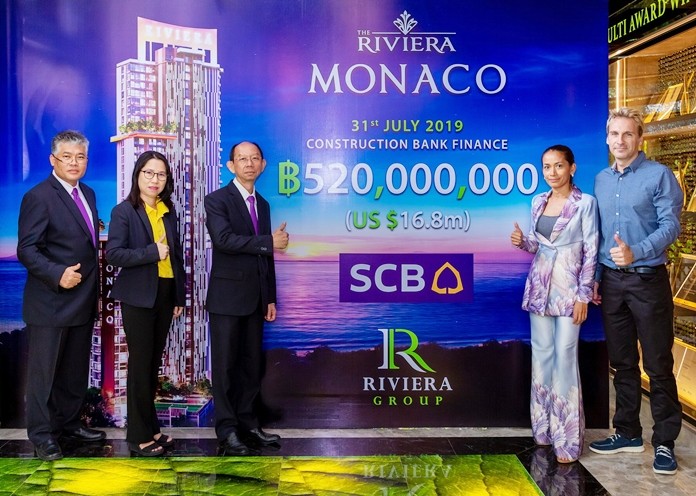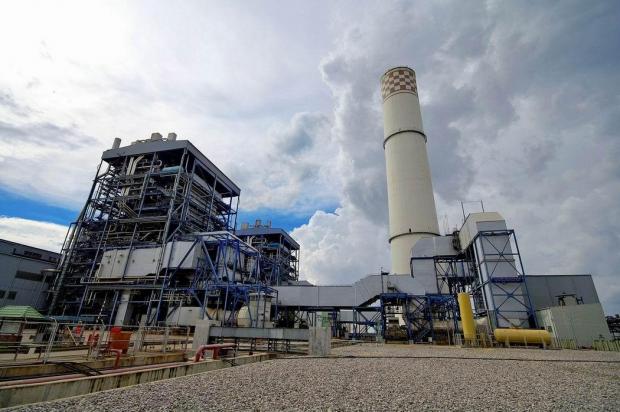By John Draper, Peerasit Kamnuansilpa
Doubts over financing, speed and who operates the line are NCPO
The vision behind China’s Trans-Asia Railway is breathtaking and seeks to re-establish the classical Silk Road in a re-imagined Silk Road Economic Belt. It would bring Bangkok into direct contact with the economic powerhouse of Chengdu, capital of Szechuan and home to a massive electronics, IT, and car industry. It would also bring Bangkok within 15 days by land of Lodz in Poland, a massive advantage over maritime freight. Yet the Thailand-China Railway, the Thai section of this Chinese “One Belt, One Road” initiative, is effectively stalled in high-level negotiations.
The potential of the Thailand-China Railway is enormous. Connecting Bangkok, Nakhon Ratchasima, Khon Kaen, Nongkhai, Kaen Khoi, and Map Ta Phut, it would improve Thailand’s connectivity with Myanmar, Laos and Vietnam via those countries’ own versions of the 21st-century Silk Road, with Myanmar opening the way to Bangladesh, China and India via an economic corridor. Within China, the global importance of the Chengdu terminal cannot be underestimated – it produces 20 per cent of the world’s computers, two-thirds of our iPads and tests and encapsulates half of our computer chips. Via the 400km/hr Chengdu-Europe Express Rail, Europe’s markets would be more accessible to Thailand.
However, the project, as specified, does not make financial sense for Thailand in terms of the investment ratio. Firstly, the Chinese government is insisting on an interest rate of 2.5 per cent, compared to 2 per cent to Indonesia for infrastructure loans. Combined with estimated construction costs of up to Bt560 billion, the Financial Internal Rate of Return (FIRR) does not justify the project. Even assuming construction costs of Bt500 billion and an annual interest rate of 2 per cent, at a ticket price of Bt500, a staggeringly high 20 million passengers will be required for Thailand to pay just the interest, against a projected 200,000 Chinese passengers on top of Thai travellers. Simply put, the return on investment cannot be justified on a financial basis alone.
Furthermore, the Chinese estimates of Bt560 billion derive from the Chinese side, the China Railway Corporation, while the Thai side’s estimate, using a Thai consultancy firm, is Bt400 billion. This is a huge, unresolved difference in estimated costs. In normal circumstances, both sides might hire external consultants to reassess costs and broker negotiations. However, Western consultancies are currently severely restricted in their ability to do deals with the Thai government due to the military coup. This also restricts the involvement of other lenders, with Japanese development loans coming with interest rates as low as 1 per cent.
Another serious problem is the specification of the railway’s speed. The train is projected to travel at 160km/hr, which technically means a “medium-speed” train, with the designation of “high-speed” preserved for trains running at over 200km/hr. However, the technical design specifications are actually for a high-speed train, as is evident in the minimum railway curve radius. This raises the question of why the Thai government is either over-specifying, or is not simply calling the project a “high-speed train”. One plausible explanation is that it does not want to endorse a prime minister Yingluck Shinawatra-era project. Confusion over this issue means speed designation is still part of the ongoing Sino-Thai railway negotiations.
A further key issue is the nature of the proposed deal. From the Thai side, “Build-Operate-Transfer” may sound like the best option, with the State Railway of Thailand (SRT) operating the line. However, this could be disastrous since the SRT is seen as incompetent by both the general public and the business community. This is due to multiple operational and safety failures, including late trains, accidents and poor track and car maintenance. Additionally, it is the worst performing state-owned enterprise despite boasting large amounts of property and substantial budgets. This calls into question who should actually operate the railway. For indemnity and safety reasons, the Chinese could operate the signalling and track maintenance.
However, the bulk of expenditure on the Thai-Chinese Railway, which was initially an Engineering, Procurement, Construction Management (EPCM) approach, would have meant only Chinese civil engineering firms operating within Thailand and Chinese companies constructing the cars. The Thai Railway Engineering Association, a private Thai business group, naturally opposed this on the grounds that Thai civil engineers and local assembly and maintenance of cars should also be employed in order to ensure Thai companies are not shut out of a multibillion-baht project. The result is protracted negotiations regarding a possible 60:40 Sino-Thai joint venture company.
Crucially, the involvement and confidence of the Thai business community is indispensable to make this deal work. Given the very large investment and the fact that the project cannot be justified on the FIRR alone, what becomes critical is the Economic Internal Rate of Return (EIRR), which is the FIRR combined with the additional business opportunities for the country’s economy. Given the 78 per cent reduction in foreign direct investment in 2015, in part due to Japanese, EU and US companies being unwilling or unable to conduct business with the only military government in the world, the Thai economy desperately needs a boost.
However, the proposed Thailand-Chinese Railway is passenger only, thus the main business opportunities will be those brought by passengers. Though these may be substantial, they are difficult to quantify under the military government due to the depressed economic climate. Moreover, while the Thai government has proposed using passenger cars to transport very high value freight, how this would work in practise is unclear.
With Thailand locking horns with China and no economically prudent way forward, the Thailand-China Railway foundation stone laid at Chiang Rak Noi on December 19, 2015, now symbolises one side of the proverbial rock and a hard place, ie the business limitations imposed by a military government and an unstable political system, between which Thailand is stuck. To overcome this dilemma, Thailand requires a re-created, principled democratic socio-political system, quite possibly with brand-new political parties, in order to prevent the isolationism and restricted business opportunities concomitant with a military government, on the one hand, and the impediments of populism on the other.
JOHN DRAPER is a Khon Kaen-based analyst and lecturer at the College of Local Administration, Khon Kaen University.
PEERASIT KAMNUANSILPA, Phd, is founder and former dean of the College of Local Administration, Khon Kaen University.


